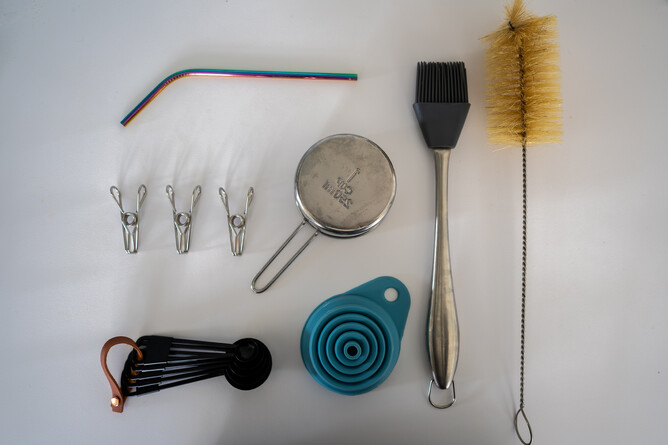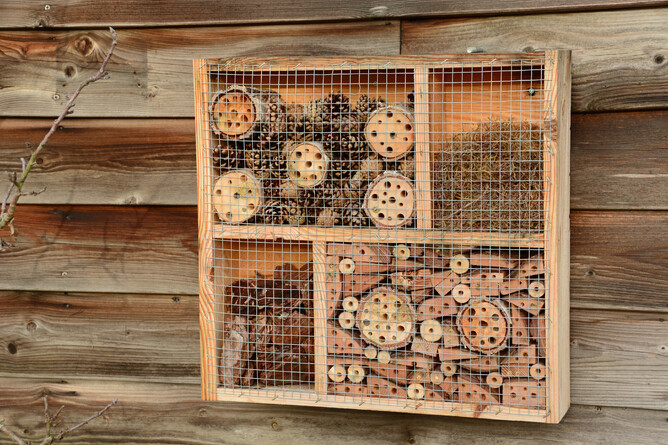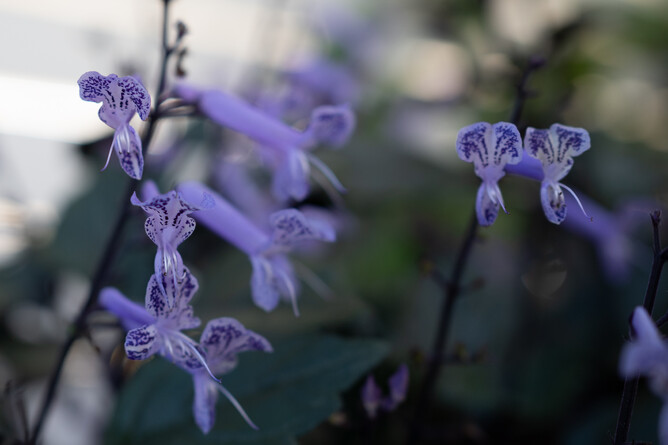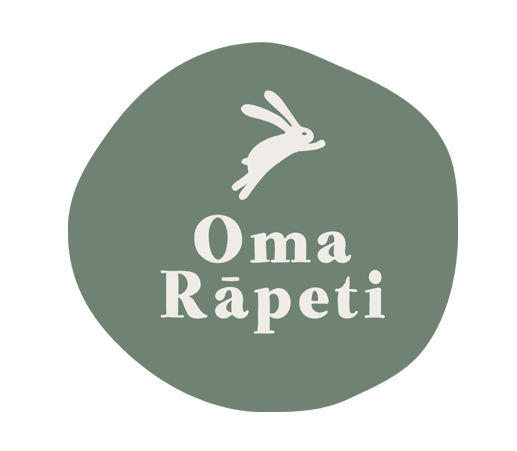Our guide for parents on how to turn everyday objects around the home into educational ECE resources.
Now, more than ever before, you might find yourself at home with your wonderful little explorer thinking “and the next activity should be….????”.
The paint might be running dry, the playdough exhausted and the duplo towers smashed, kicked, and currently living in a wonderful haphazard pattern around your living room.
We’ve got some good news for you that we just know you’ll love hearing; there are plenty of exciting resources you can use, within a few metres reach, and you don’t have to spend a thing.
At Oma Rāpeti we’re massive fans of upcycling, especially when it comes to resources! Upcycling different objects and turning them into play resources has huge benefits for the planet, your child’s learning and your pocket. You can’t ask for much better than that.
Ahakoa he iti he pounamu. Even though it is small it is a treasure.
Here are our tips for upcycling, reusing, creating and playing with your little one – using the simplest of found easily around your home, and that will only take minutes to gather. We hope you enjoy creating, exploring and re-using as much as our Kaiako (teachers) do!
What are heuristic resources?
Heuristic play describes the activity of babies and children as they play with, and explore, the properties of 'objects'. These 'objects' being, of course, things from the real world!
Heuristic resources and upcycling often go hand-in-hand, and backs our love of upcycling up with some solid ECE theory that sits perfectly with our Oma Rāpeti philosophy.
We love heuristic resources. There are just so many possibilities; in fact, they’re literally endless and bound only by your child’s imagination (and yours!).
In the hands of a child, every object becomes a treasure to explore.
Why do we love upcycling?
The most obvious reason is that upcycling objects is good for Papatūānuku (Mother Earth) and the environment. When you give an object a new life in the hands of a child, it saves another piece of rubbish ending up in landfill, stops the production of another piece of plastic and encourages the use of long-lasting, sustainable materials; like wood, metal and fabric.
At Oma Rāpeti we also know that we empower children when they’re given freedom to explore and choose their own play. They can investigate what’s important to them (not what we determine), fostering a lifelong love of learning and exploration.
When you give children the choice of heuristic play activities, or upcycled objects, they determine what the play is going to be. The choice is, literally, in their hands.
What’s the best way to set up this kind of play?
We like using baskets (easy to find at op-shops) to present different objects to children. But an old shoebox or a large bowl will work fine as well.
For older children, try presenting a new activity on a table clear of anything else. The less distractions the better - think of the table-top as a clear canvas ready for them to create their new masterpiece!
Utilize floor space and create boundaries for activities using a square cloth (like a table cloth or muslin).
Upcycling play ideas from around the home
From the kitchen
Funnels, small plastic containers, large metal bowls, measuring cups and spoons and jugs can all be used for water-play. Try adding food colouring, flowers, large stones, plastic animals – anything your heart desires.
Stainless steel utensils work incredibly well in the sandpit (if you have one). Alternatively, place them outside with bowls full of grass clippings, flowers, water and a bit of dirt for Fairy Cake mixing. Don’t forget a Magic Stick for stirring!
If you’re stuck inside, grab the pots and pans and:
- If you’re feeling brave let them go wild with some impromptu musical instruments. Join in with them – sing, bang, and clang! It’s a great way to get some pent-up energy moving!
- If you need a quieter activity, use scraps of material and paper. Separate these into different bowls as “ingredients.” TOP TIP: Use wooden or plastic spoons for this inside game if you want to avoid the clanging!
You will be amazed at how long children will have fun with a set of measuring cups, a bucket of water and a few odd toys or collected "treasures." You can gently prompt this play before stepping back to observe the creative and imagination that goes on.
Old clothing
Dive into your wardrobe (and your older kids ones too!), and Marie Kondo your old clothes, while simultaneously finding new dress-ups.
Younger toddlers love to transport and move objects - an old handbag turns into the perfect container for putting blocks, or toy cars, or larger stones in, and moving them about the house.
For infants, it’s great to find different textures of fabrics. Cut them into squares and:
- If you’re handy with a sewing machine, make small hand-held cushions for babies to grasp and hold
- Try making a texture board with bumpy, soft, furry, scratchy, fuzzy and rough material.
From the garage and shed
If you’re handy and you’ve got some odds and ends lying about, why not have a go whipping up a toddler busy board!
- Old mobiles
- Switches
- Locks
- Latches
- Light switches
Or anything else that takes your fancy, just make sure everything is screwed on super tight to a piece of square plywood. Pinterest is great for ideas here!
Do you have a block of wood, a screwdriver and a couple of screws? Screw (and superglue for extra strength, if you have it) 3-4 screws into the block of wood at alternative heights, with approximately 3cm space between each one. Sand the edges of the block so it’s nice and smooth. Hand your toddler the screw-driver and let them play! We’ve heard from good authority the hand-eye coordination on this activity can absorb a good half an hour of concentration!
From the bathroom
Put together a sensory basket for infants using items like:
- A spiky hairbrush
- A rough loofah
- A soft sponge
- A smooth compact mirror
- A silk scarf
They’ll love taking each item out to explore, dumping the contents out and sorting through.
Empty shampoo and conditioner bottles are great to fill with water. They can be used to practice squeezing, making patterns on concrete, or filling with water, cornflour and food colouring for some squeezy chalk-painting outside.
In the garden
Try making a bug hotel! You can use flowers to brighten it up, sticks, stones, bamboo, bricks, grasses – literally anything that provides shelter from the rain.
Gather a pile of different length sticks and set them down in a group. They may become swords, mixing sticks, magic wands, a pretend campfire or placed into a pattern that winds down your driveway - put them out and see what happens! Try this idea with large stones, a group of flowers, or different sized leaves.
Extra’s that help with set-up and exploration:
- Table cloths
- Baskets
- Muslin cloths
- Cardboard boxes (like a shoebox)
As with all resources and activities for children, it’s most important to be safe. Make sure there are no small pieces that can break off (or be pulled off) and become a choking hazard, sand back any sharp edges and be sure to supervise.
We love being creative and upcycling is the perfect way to do this! Be sure to jump on our Facebook Page for more inspirational ideas to keep your precious tamariki entertained and happy.
Aroha nui, The Oma Rāpeti Team





